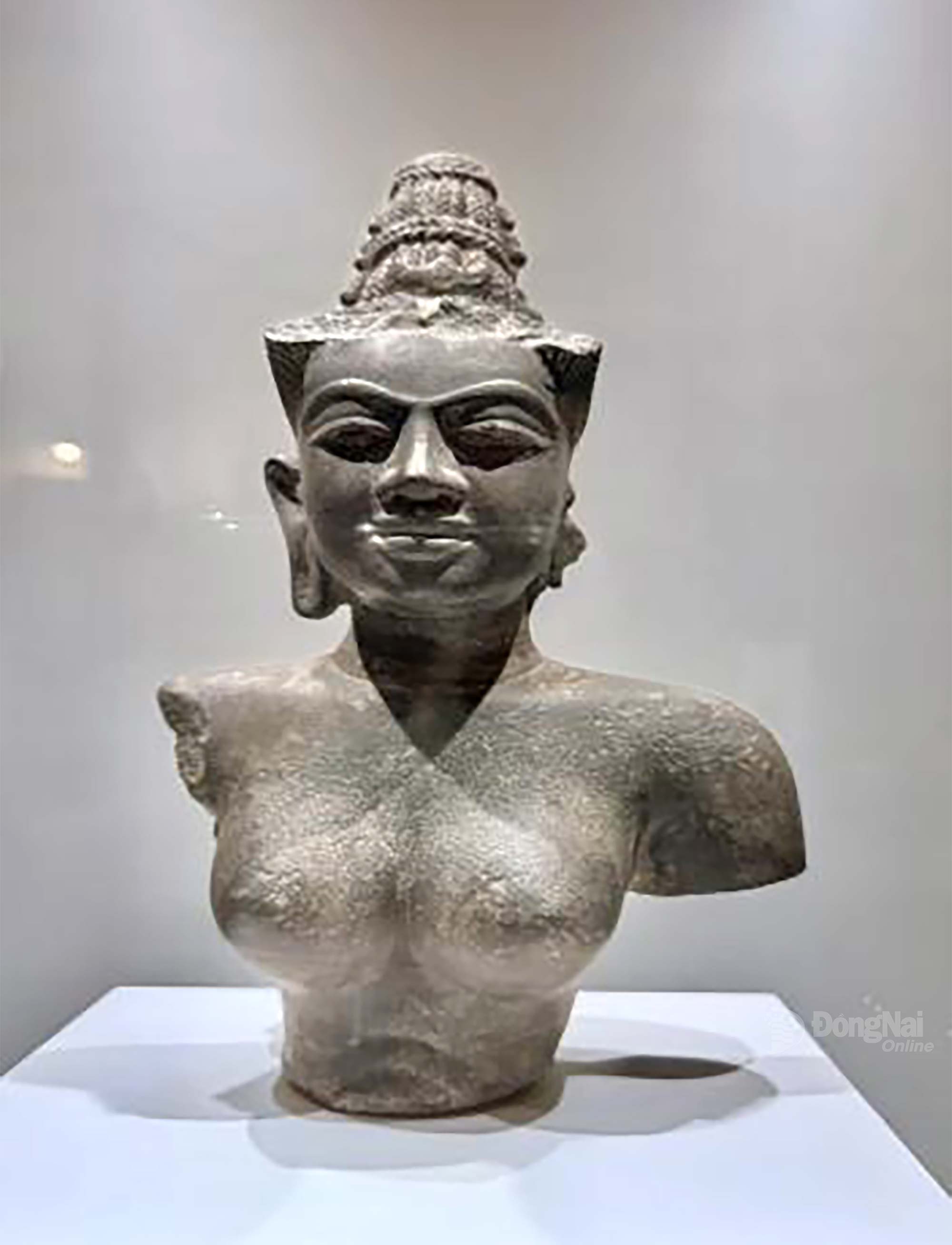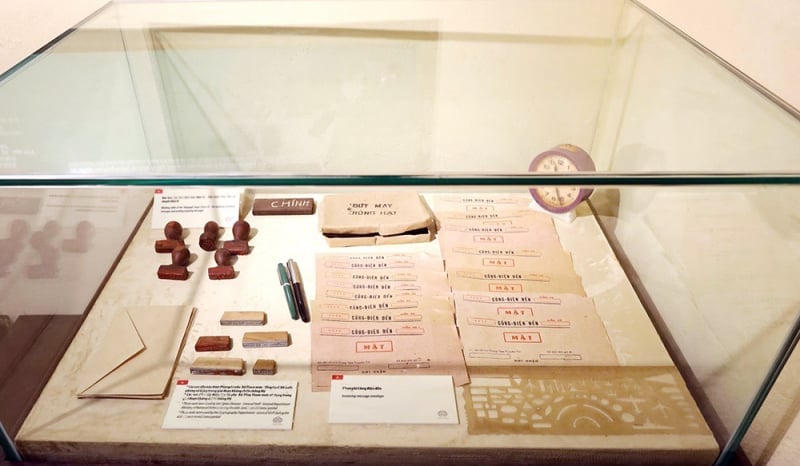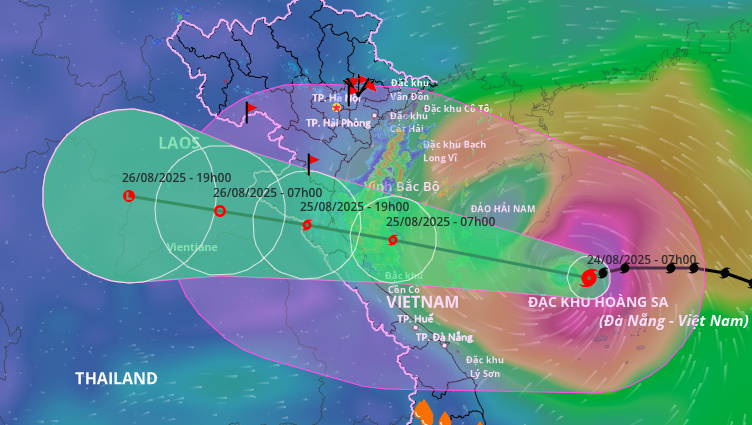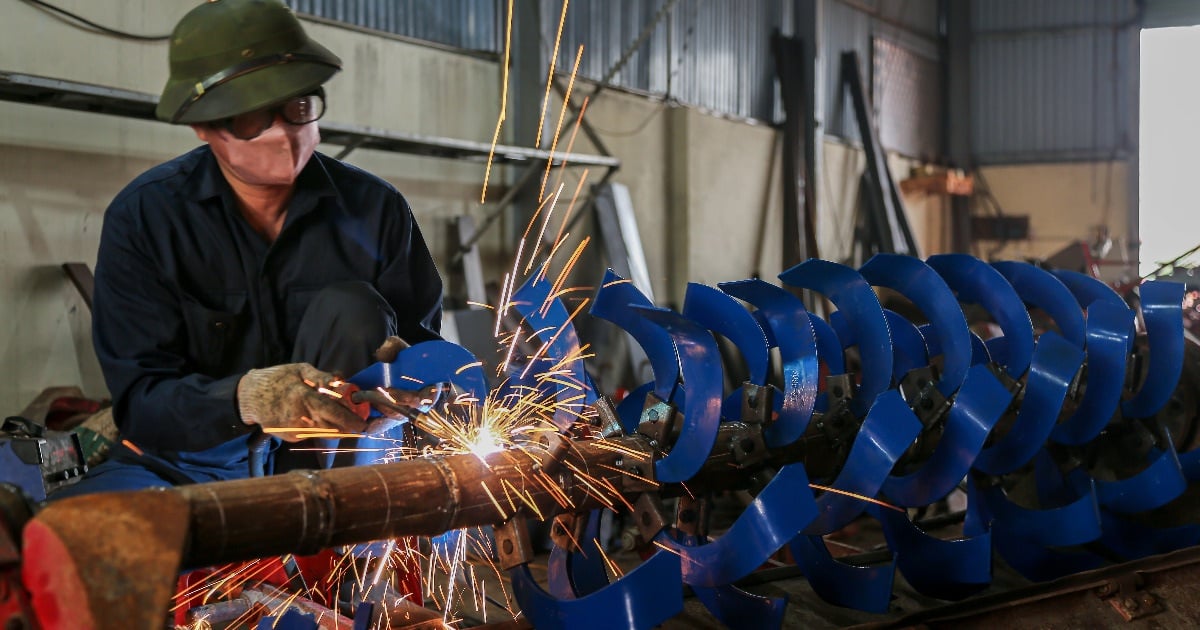Scientists from the University of Missouri, in collaboration with geologist Gordon Baird, have reanalyzed a huge fossil collection from the Mazon Creek fossil bed (Illinois, USA), revealing three distinct ancient environments that existed at the end of the Carboniferous Period: freshwater, coastal transition zone, and offshore.
Mazon Creek is internationally renowned for its exceptional preservation of plant and animal fossils.
The fossils are encased in siderite (iron carbonate ore) concretions, formed under special geological conditions, which help preserve the details of the organism's structure.
According to the research team, each of these three environments is dominated by specific groups of organisms: the coastal zone preserves freshwater fossils, the offshore zone has jellyfish and sea anemones, and the transition zone contains clams and worms.
These ecosystems formed when sea levels rose, submerging giant coal swamps.
Burial conditions, sedimentation rates, and the chemical environment at each site determined how microorganisms participated in the mineralization process, creating the layer of sediment surrounding the fossil.
The new results, combining modern data analysis and micro-X-ray imaging techniques, helped the team build a sedimentological model that links the Mazon Creek ecosystem to the underlying Colchester coal layers – where coal mining led to the first fossil discovery.
According to Professor Jim Schiffbauer (University of Missouri), this work provides a true "snapshot" of late Carboniferous biodiversity, while helping to better understand the structure of food chains and the functioning of ancient ecosystems.
The study, published in the journal Paleobiology, is the most comprehensive and data-rich analysis of the Mazon Creek ecosystem, making an important contribution to our understanding of Carboniferous biodiversity and paleoecology./.
Source: https://www.vietnamplus.vn/phat-hien-3-the-gioi-co-dai-nguyen-ven-duoi-long-dat-bang-illinois-cua-my-post1055101.vnp



![[Photo] Phu Quoc: Propagating IUU prevention and control to the people](https://vstatic.vietnam.vn/vietnam/resource/IMAGE/2025/8/24/f32e51cca8bf4ebc9899accf59353d90)
![[Photo] Party and State leaders meet with representatives of all walks of life](https://vstatic.vietnam.vn/vietnam/resource/IMAGE/2025/8/24/66adc175d6ec402d90093f0a6764225b)
















































































Comment (0)